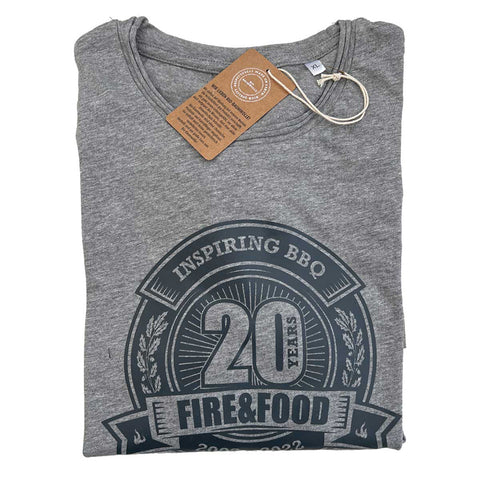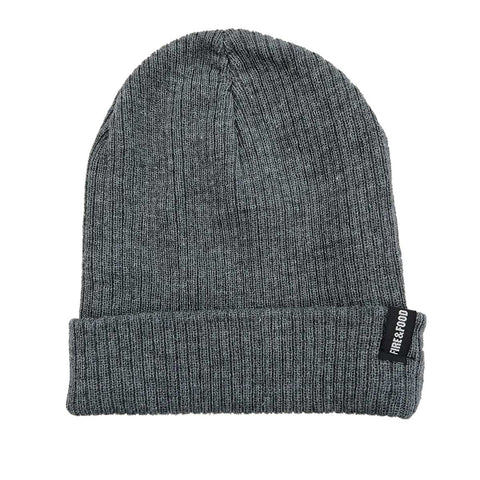Invention of the Black Pots: When outdoor cooking was a necessity
As different as the names and appearance of the Black Pots are depending on their origin, the legends and stories surrounding them are all similar. The pioneers in the production of cast iron cookware in Europe were probably the Dutch, who were already producing high-quality pots in the 17th century and exporting them to neighboring countries.
They arrived in America and Australia in the luggage of European emigrants and made their way there as Dutch or camp ovens. They were part of every settler's trek and were passed down through several generations. Over time, these cast-iron cooking pots were given an optimized shape for cooking outdoors: some have short legs, which allow the pots to stand securely even directly over a bed of coals. The lid was also given a raised edge, which means that the inside can also be used as a pan and the top also provides support for the coals lying on top.
This allows the heat to be distributed well and the food cooks in a similar way to an oven. The Boers also brought cast iron cooking pots with them on their way to South Africa. In Africa, where cooking outdoors is part of everyday life, the three-legged, bulbous cast iron pot partially replaced the ceramic cookware that had been common up to that point. Potjie or potjiekos (literally translated as "food from a pot") have been part of South African culture for many centuries and are an essential part of the country's typical braai (the South African barbecue culture with family and friends).
For centuries, the term kazan has been used in Asia to describe a semi-circular, thick-walled cast iron pot that looks similar to a Chinese wok and is fitted with a lid. There are special wood-fired ovens for this type of pot, and the classic oriental rice dish plov is traditionally cooked in it - originally only by men.
The Peka pan, known from the Balkans, is also reminiscent of a wok - but it has been turned upside down and serves as a hood over a pan. Both parts are often made of cast iron, but they are also available in iron or sheet metal, and the pan is sometimes enameled. A ring encloses the hood so that the embers can be distributed over it like a vault.
The most popular pot shapes for outdoor cooking
Warning: These pots are not suitable for cleanliness fetishists. After seasoning, they should only be rinsed with water after use - do not use detergent, otherwise the patina will be destroyed, which gives each pot its own individual taste.
a) Dutch Oven
b) Potjie
c) Simple Peka pan made of sheet metal
d) Peka pan with cast-iron bell
e) Kazan























